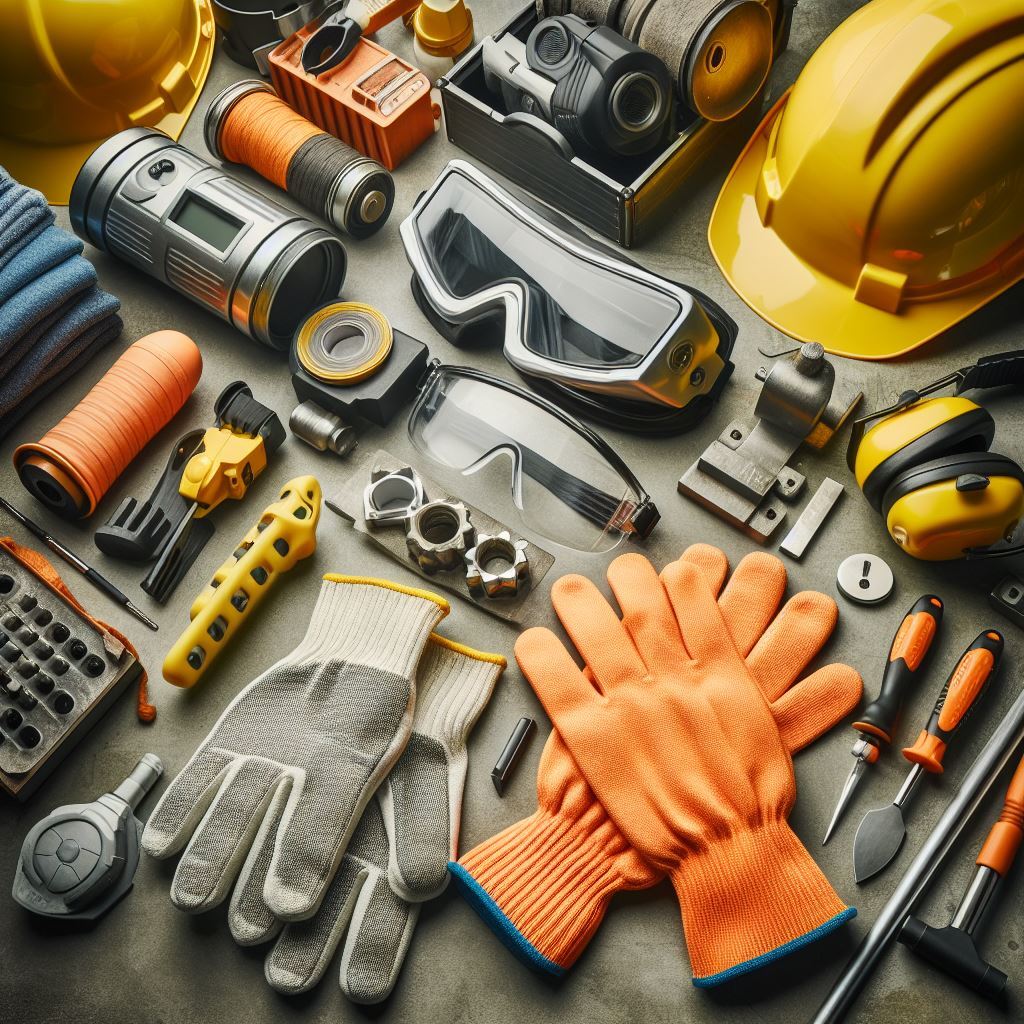Strengthening Workplace Safety with Essential Safety Supplies

Introduction
In the landscape of workplace safety, having the right safety supplies is not just a matter of compliance; it's a cornerstone of creating a safe and productive environment for employees. From construction sites to laboratory settings, the appropriate safety gear can significantly reduce the risk of accidents and injuries. This guide explores the critical safety supplies necessary for various industries, offering tips on selection, utilization, and maintenance to safeguard your workforce effectively.
The Spectrum of Safety Supplies
Safety supplies encompass a broad range of equipment and gear designed to protect workers from specific hazards associated with their job functions. Key categories include:
- Personal Protective Equipment (PPE): Items such as safety helmets, eyewear, gloves, and respiratory protection fall under this category, offering defense against physical, chemical, and biological hazards.
- Fall Protection Gear: Safety harnesses, lanyards, and anchor points are crucial for preventing falls from height, a common risk in construction and maintenance work.
- Emergency and First Aid Kits: Ready access to first aid supplies and emergency equipment like fire extinguishers and eyewash stations is essential for addressing workplace injuries and emergencies promptly.
- Safety Signage and Barriers: Signs, cones, and barriers play a vital role in warning of hazards and delineating safe zones within the workplace.
Choosing the Right Safety Supplies for Your Workplace
Selecting the appropriate safety supplies involves a thorough assessment of the workplace hazards and compliance requirements. Consider the following steps:
- Conduct a Hazard Assessment: Identify potential risks in the workplace to determine the specific types of safety gear needed.
- Understand Regulatory Requirements: Familiarize yourself with the safety regulations governing your industry to ensure compliance.
- Quality and Durability: Invest in high-quality, durable safety supplies from reputable manufacturers to guarantee effectiveness and longevity.
- Fit and Comfort: Ensure that safety gear fits correctly and is comfortable for prolonged use, as improper fit can compromise protection.
Effective Use and Maintenance of Safety Supplies
Maximizing the protective benefits of safety supplies requires proper use and maintenance:
- Training: Provide comprehensive training to employees on the correct use, adjustment, and care of their safety gear.
- Regular Inspections: Implement a routine inspection schedule to check for wear, damage, or defects in safety equipment, replacing items as necessary.
- Storage and Care: Store safety supplies properly to prevent damage and maintain their condition, following the manufacturer's instructions for cleaning and maintenance.
The Impact of Investing in Safety Supplies
Investing in the right safety supplies has a direct impact on reducing workplace accidents and enhancing employee well-being. Beyond compliance with safety regulations, equipping your workforce with the necessary protective gear demonstrates a commitment to their safety and health, contributing to a positive workplace culture and improved productivity.
Conclusion: A Commitment to Workplace Safety Through Quality Supplies
The selection and implementation of appropriate safety supplies are critical components of a comprehensive workplace safety program. By understanding the specific needs of your industry, ensuring compliance with regulations, and prioritizing the quality and proper use of safety gear, you can create a safer work environment that protects your most valuable asset—your employees. Remember, investing in safety supplies is an investment in the future of your business and the well-being of your workforce.